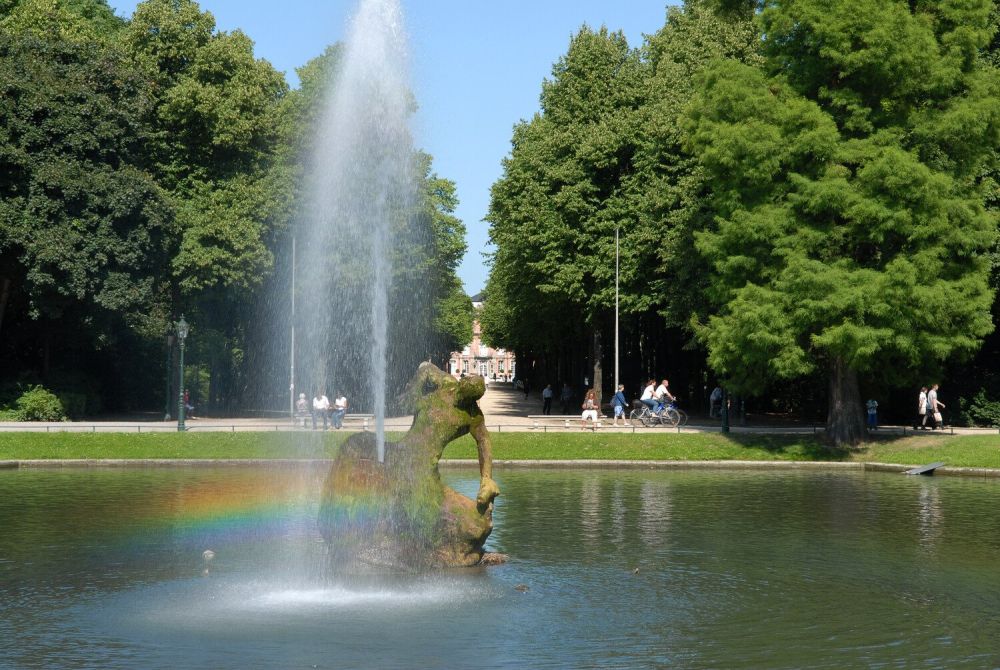

The Hofgarten in Dusseldorf is not just a park but a lush historical tapestry stretching back to the 18th century. As the oldest public park in Germany, its story began when Elector Johann Wilhelm II commissioned the creation of a Baroque garden adjacent to his palace. Over the centuries, the Hofgarten has evolved from a private noble estate into a beloved public space, reflecting the changing tides of history, design, and public use.
At its inception in the late 1700s, the Hofgarten was predominantly influenced by French Baroque styles, emphasizing symmetry and order. However, over time, the park embraced the naturalism of English landscape gardens. Throughout the 19th century, the garden opened its gates to the public and became a sanctuary for citizens and visitors alike to escape urban industrialization.
The World Wars left their mark on the Hofgarten, with areas suffering damage and repurposing for defense. Nevertheless, the post-war years fostered a period of reconstruction and rebirth, which saw the park being restored to its former glory and reimagined as a space of peace and communal spirit, a concept still holding strong in the tourism industry today.
Modern developments have ensured Hofgarten's survival by integrating contemporary culture and art. Statues and monuments dot the landscape, telling stories of local history and international relations. The park has become a canvas for both nature and human expression, an aspect that resonates well with visitors in search of authentic experiences.
In recent years, there has been a substantial shift towards sustainable tourism. Hofgarten has embraced this trend by maintaining its biodiversity, protecting its historical features, and offering eco-friendly activities. Efforts to reduce carbon footprints within the park align with the global trend towards environmental consciousness in travel.
The digital age has transformed tourism at the Hofgarten as well. Interactive maps and mobile applications provide visitors with rich historical content and guides through the park's numerous paths. The blend of technology and nature allows for a modernized, informative, yet still tranquil experience.
The recent global health crises have highlighted the importance of open, outdoor spaces for leisure and tourism. The Hofgarten, with its wide-open fields, ponds, and wooded areas, has served as an ideal destination for those seeking recreation while adhering to social distancing norms, thus becoming even more invaluable to both locals and tourists during these challenging times.
Today, Hofgarten stands out as a testament to the enduring appeal of nature within urban environments, historical preservation, and the adaptive reuse of green spaces for collective well-being. As a verdant heart amidst the hustle of Dusseldorf, the Hofgarten continues to welcome visitors from all over the world, offering them a slice of serenity steeped in history.